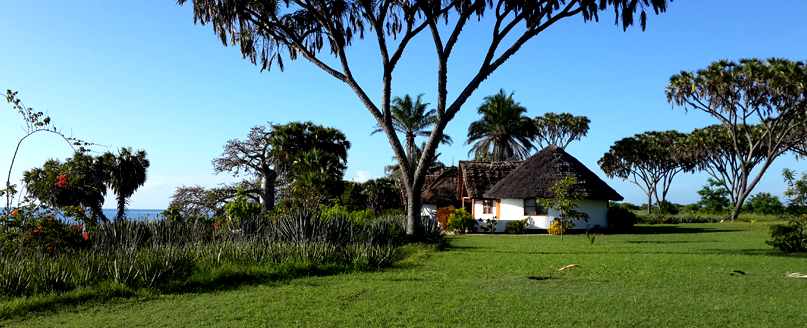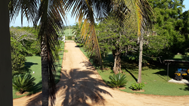The 591 hectares sized Magrotto Mountain Estate with its scenic freshwater lake has been opened in 1896 by German Settlers as one of the very first commercial plantations in Eastern Africa. Originally the Estate began as a rubber plantation and, after subsequent failed attempts to grow coffee and tea, converted into a Palmoil Estate in 1921. Seized from the German owners as “enemy property” after World War 1 the Estate has been taken over by the Amboni Group in the 1940s. The palm oil production had to be ceased in the 90s due to stifling competition from Malaysia and Indonesia. Since then Magrotto has been maintained and protected with great enthusiasm and engagement for little else than its unique natural beauty and uniqueness.
Along with the neighboring Mlinga Forests Magrotto forms part of the East Usambara Mountains, which are world-renown for their high species endemism and rich floral and faunal diversity. They are recognized as part of a Biodiversity Hotspot (WWF & IUCN), an “Important Bird Area” (Wildlife Conservation Society of Tanzania – WCST) and a “Man and Biosphere Reserve (UNESCO). African Violets (Saintpaulia) have been promoted as flagship plants for the conservation of these forests. As a genuine “hilltop” station Magrotto is an uniquely interesting nearby trekking destination for tourists from the Tanga / Muheza area. Its 800 mts altitude does provide for comfortable climatic and stunning views on the low lands below. |




